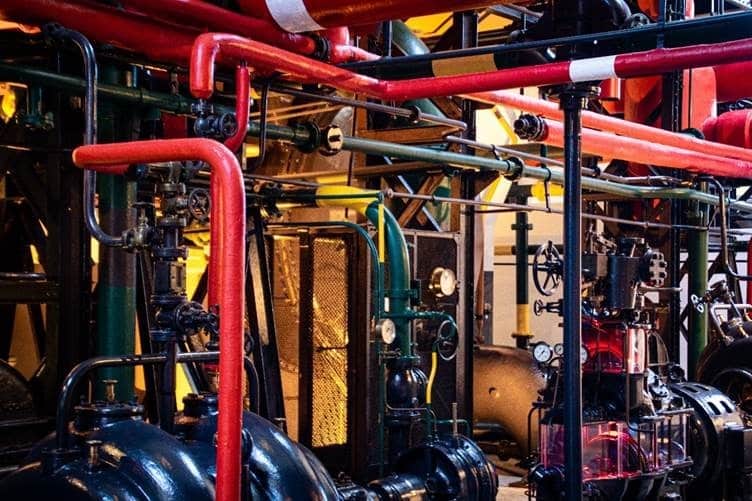For many years, electrically powered solenoid valves have been employed in the oil heat business. They have a beneficial purpose and give several advantages.
Benefits of Using a Solenoid Valve
At shutdown, the quick-acting solenoid almost eliminates smoke. The burner airflow and static pressure are still sufficient to complete combustion of any leftover oil vapors in the combustion region before the engine coasts to a stop by promptly ceasing the oil supply to the nozzle. This quick shutoff has been proved in tests to remove smoke during shutdown and lead to less heat exchanger fouling.
In addition, the solenoid offers a secondary cut-off that works in tandem with the pump cut-off. With gravity-fed oil supply systems or setups where the storage tank is positioned above the burner, this is advantageous. In the event that the pump cut-off fails, the solenoid acts as a backup until the next repair call.
The solenoid valve offers an electrically controlled, immediate cut-off. This is especially useful if specific programs cause rumbles or pulsations when shutting down. The somewhat slower hydraulic pump cut-off, which is based on the engine coast-down rpm, is preferable.
The burner may be utilized with either pre-purge or post-purge control systems with the help of a solenoid valve. Until the purge phase is through, it prevents oil from flowing to the nozzle. A valve-on delay feature is possible with a delayed solenoid valve. Temperature is, nevertheless, a factor. Its delay is reduced by heat from the environment or fast cycling, but it is enhanced by cold. As a result, it’s a one-size-fits-all solution.
Construction of a Solenoid Valve
When the coil is de-energized, the conventional solenoid valve used on home burners closes. The device might be built for either direct action or delayed opening. Solenoid valves can be categorized as non-delayed or delayed.
Operation of a Solenoid Valve
Let’s look at how a solenoid valve works from the start of a cycle to the end. We’ll go through a typical system that uses a conventional intermittent duty oil burner main control in this example.
The main control relay pulls in, linking line voltage to the orange lead when the thermostat requests heat. The motor, ignition, and solenoid valve are usually linked in parallel, so they are all turned on at the same time.
A magnetic field is created when the valve coil is activated, forcing the spring-loaded steel valve piston to overcome the resistance of the spring and draw into the stem. The valve seat will now be farther away from the cut-off opening. The valve is now open.
The pump and the motor are approaching maximum speed. The pump rpm quickly rises when the valve is opened, generating enough pressure to propel the regulator piston to the open position. The oil then flows to the intake of the valve, via the aperture, and out the nozzle.
As it travels through the nozzle, the high-pressure oil is atomized, mixed with the blower air supply, and ignited by the electrode spark. The burner primary control is de-energized when a flame is formed and maintained until the temperature controller is satisfied.
The main control’s relay is de-energized, and line electricity to the orange lead is promptly turned off. The solenoid coil’s magnetic field diminishes almost instantaneously, and the spring-loaded valve piston closes, cutting off oil flow to the nozzle. The fire has gone out.
The motor speed quickly drops as a result of this action, allowing the pump regulator piston to shut. The shafts of the engine and pump come to a halt. This is the end of the cycle.
The oil solenoid valve is a flexible device that may be fitted to the fuel pump or the burner housing in a variety of combinations. Always verify the valve’s pressure rating to be sure it’ll work with the pump pressure you’re using. When correctly placed in situations where it is required, the solenoid valve may give a number of advantages that can help to ensure dependable and effective oil heating.
